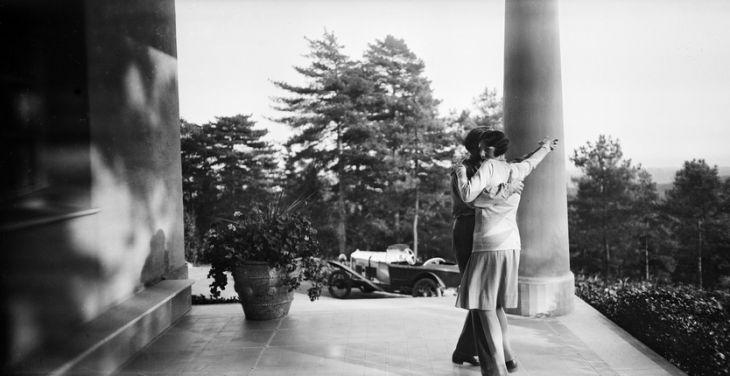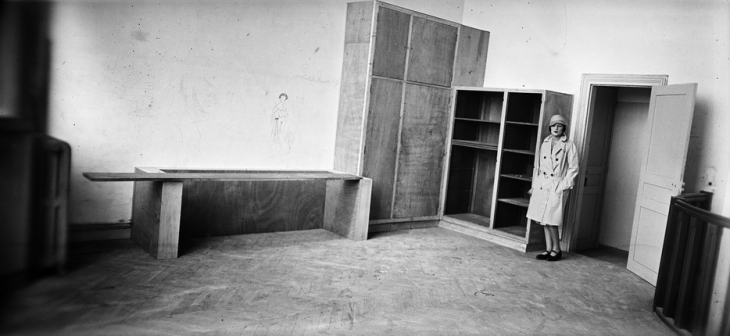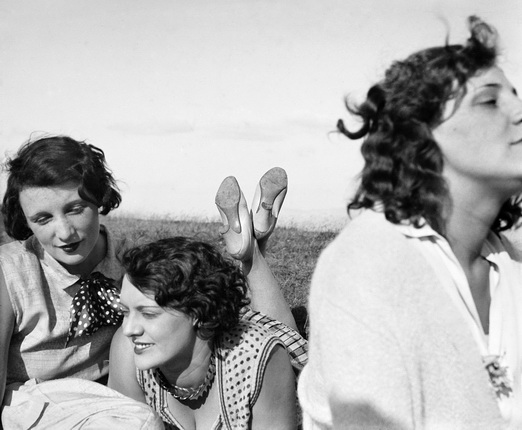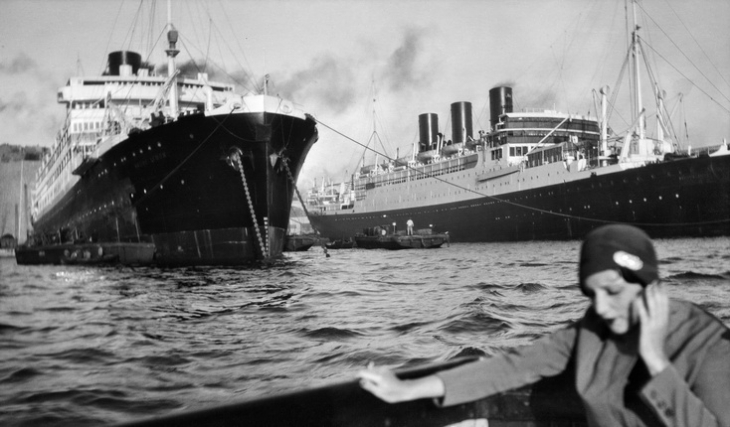Bibi







Jacques Henri Lartigue. Bibi chez le docteur Boucard. Robinson, octobre 1926. © Ministère de la Culture-France/AAJHL
Jacques Henri Lartigue. Bibi au restaurant d'Eden Roc. Cap d'Antibes, 1920. © Ministère de la Culture-France/AAJHL
Jacques Henri Lartigue. Vers Bordeaux, 1924. © Ministère de la Culture-France/AAJHL
Jacques Henri Lartigue. Ubu et Bibi sur la route entre Lourdes et Pau. Avril 1925. © Ministère de la Culture-France/AAJHL
Jacques Henri Lartigue. Bibi. Installation de mon nouvel appartement à Neuilly par Djo Bourgeois. Juillet 1927. © Ministère de la Culture-France/AAJHL
Jacques Henri Lartigue. Pierre, Vera et Arlette. Vers les îles, Cannes, mai 1927. © Ministère de la Culture-France/AAJHL
Jacques Henri Lartigue. Bibi, Freddy et Margot. Aix-les-Bains, juillet 1928. © Ministère de la Culture-France/AAJHL
Jacques Henri Lartigue. Bibi, Marseille, 1928. © Ministère de la Culture-France/AAJHL
Moscow, 29.04.2014—1.06.2014
exhibition is over
Share with friends
Project presented by Association des Amis de Jacques Henri Lartigue and the Ministry of Culture, France
For the press
‘AND NOW IT IS UP TO YOU, MODEST PHOTOGRAPHS, TO DO WHAT YOU CAN — VERY LITTLE, I KNOW — TO TELL EVERYTHING, EXPLAIN EVERYTHING, MAKE EVERYTHING BE IMAGINED... EVERYTHING, EVEN AND ABOVE ALL WHAT CANNOT BE PHOTOGRAPHED.’
(From his diary, 1931)
The great Jacques Henri Lartigue revealed his talent for photography as a child yet only achieved fame in 1963, at the age of 69. This was when his early work, a brilliant photographic record of French life in the Belle Époque, attracted attention in the United States. Lartigue’s legacy is often seen in terms of these stunning snapshots of sporting events, the nascent automobile and aviation industries, and elegant ladies promenading the Avenue du Bois de Boulogne.
But his oeuvre is actually far richer and requires not only our wondrous gaze, but also sensitive appreciation. As if reflecting everyday existence in a mirror, the mature Lartigue documents his life’s course in photo albums, sharing his happiness, his troubles and fears.
The present exhibition focuses on Jacques Henri Lartigue’s works from the 1920s, the period spent with Madeleine Messager, nicknamed Bibi, the photographer’s first wife and mother of his only son, Dany.
Lartigue’s years with Bibi (1918-1930) form an integral whole in his life and work. The robust and joyful Bibi provided an anchor for his anxious sensibility, while Lartigue magnified his wife’s serenity with the use of panoramic formats. Bibi was also the subject of his finest autochromes.
An elegant and social couple, Jacques and Bibi lived through the heady 1920s, the soirées and the trips to Deauville, the Basque coast and Côte d’Azur. Lartigue sought to make a career as a painter and become financially independent, but this proved fraught with difficulty. Unsure of himself despite his good looks, Lartigue gave way to the temptations of his time. When Bibi left him in 1930 he was dumbfounded and deeply hurt.











